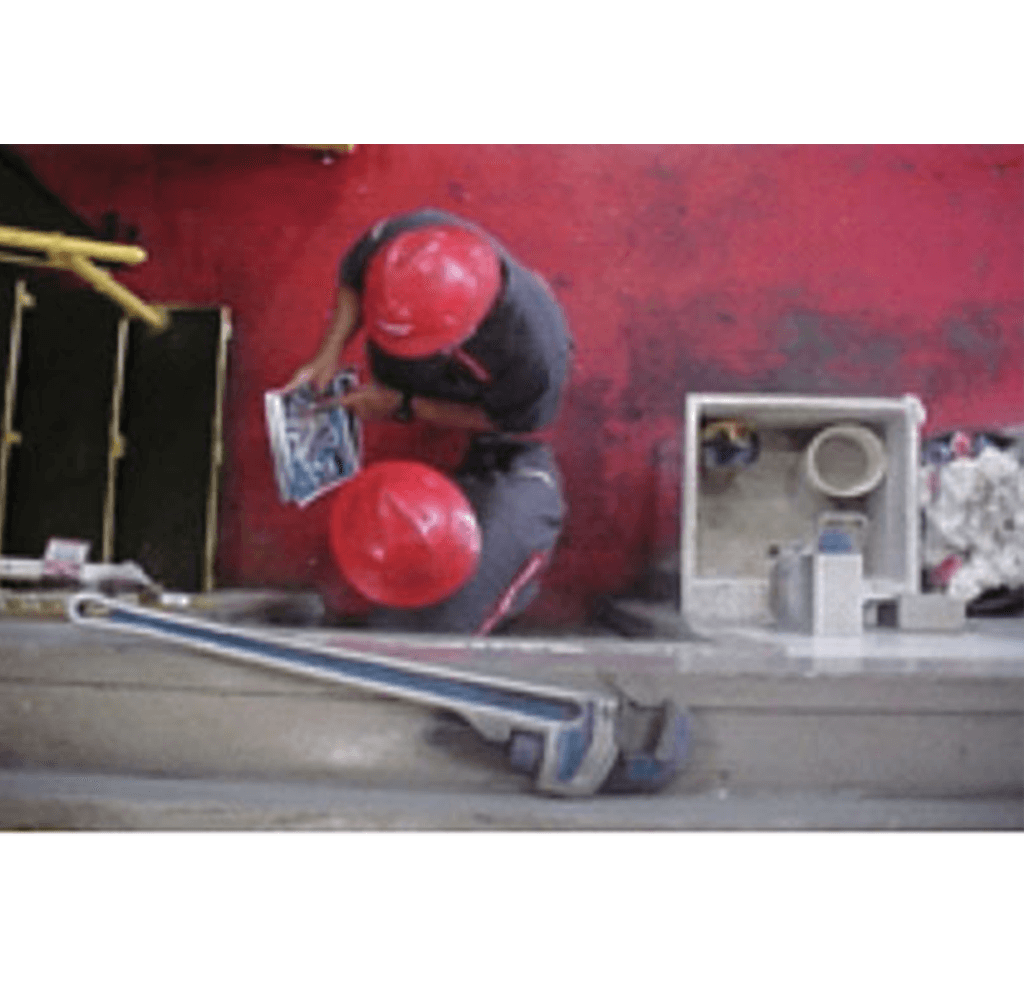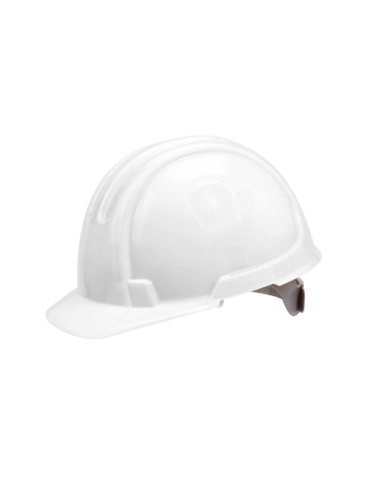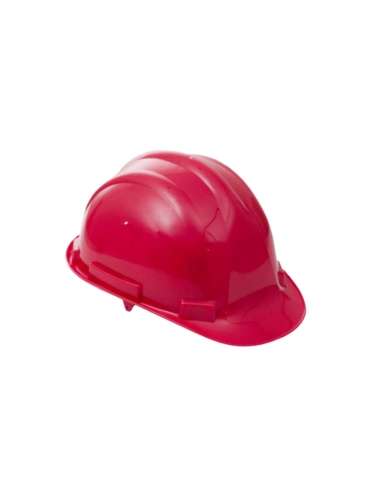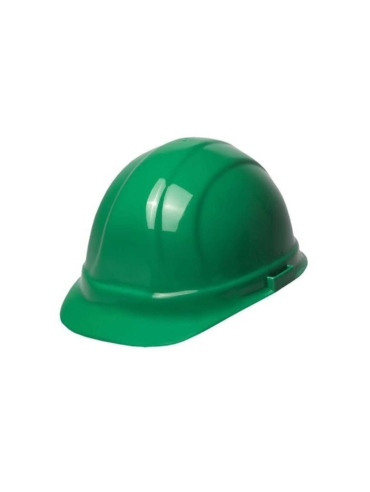Head Protection
HEAD PROTECTION (IS / ANSI/EN)
Protective Helmets or Hard Hats
In many industrial working environments, for example, mining, power, construction, and forestry, the risk of head injury to workers is constantly present. The most serious risks are physical injuries, which can be as a result of the impact of a falling object or collision with fixed objects at the workplace. Due to the nature of these work activities, it is not always possible to eliminate such risks with just appropriate organizational solutions or collective protective equipment. Therefore, the only way to ensure the safety of workers is by using safety helmets
Protective helmets, or hard hats, should:


Selecting a helmet to suite the user and situation
The term “selected” refers to the employer undertaking a comprehensive risk assessment to establish the need for head protection within the area and to determine its suitability. It is important to note that all PPE should be used as a last resort and only after implementing other controls. With regard head protection the employer will have a choice of three different types of head protection i.e. industrial bump caps, industrial safety and high-performance industrial safety helmets.
Proper use of the Safety helmets
Proper use means obeying the rules and instructions specified by the manufacturer in the operating manual e.g. conditions and ways of using the product, recommended methods of maintenance and storage as well as the conditions for qualifying a helmet for withdrawal from service.
The most important rules of proper use of safety helmets include:
- Prior to using, a helmet must be fitted to the user’s head by proper adjustment: of the headband, height of wearing and the length of the chinstrap (if it is present).
- Helmet must be withdrawn from service if it was exposed to a strong impact or shows signs of damage.
- Interior elements of a safety helmet must be regularly inspected (harness, headband, sweatband) as they are exposed to sweat, dust, etc. These factors cause an accelerated degradation of the materials of which the helmet components are made. Parts inside the helmet shall be replaced as often as required by the manufacturer and every time any damage is detected during inspection. In the case of doubts, interior elements shall be replaced or the entire helmet substituted by a new one.
- Helmet should be withdrawn from service if its expiry date, specified by the manufacturer in the operating manual, has passed.
- Helmet shall be stored in compliance with the conditions specified by the manufacturer, which pose no threat of losing its safety parameters (far from heat sources, direct solar radiation, etc.).
- The construction of the helmet must not be modified by users, no stickers shall be attached to the shell nor shall it be painted, etc.
- The maintenance of the helmet shall be conducted using methods recommended by the manufacturer. Usually helmets can be cleaned with mild detergents and warm water (not hotter than 45°C).





